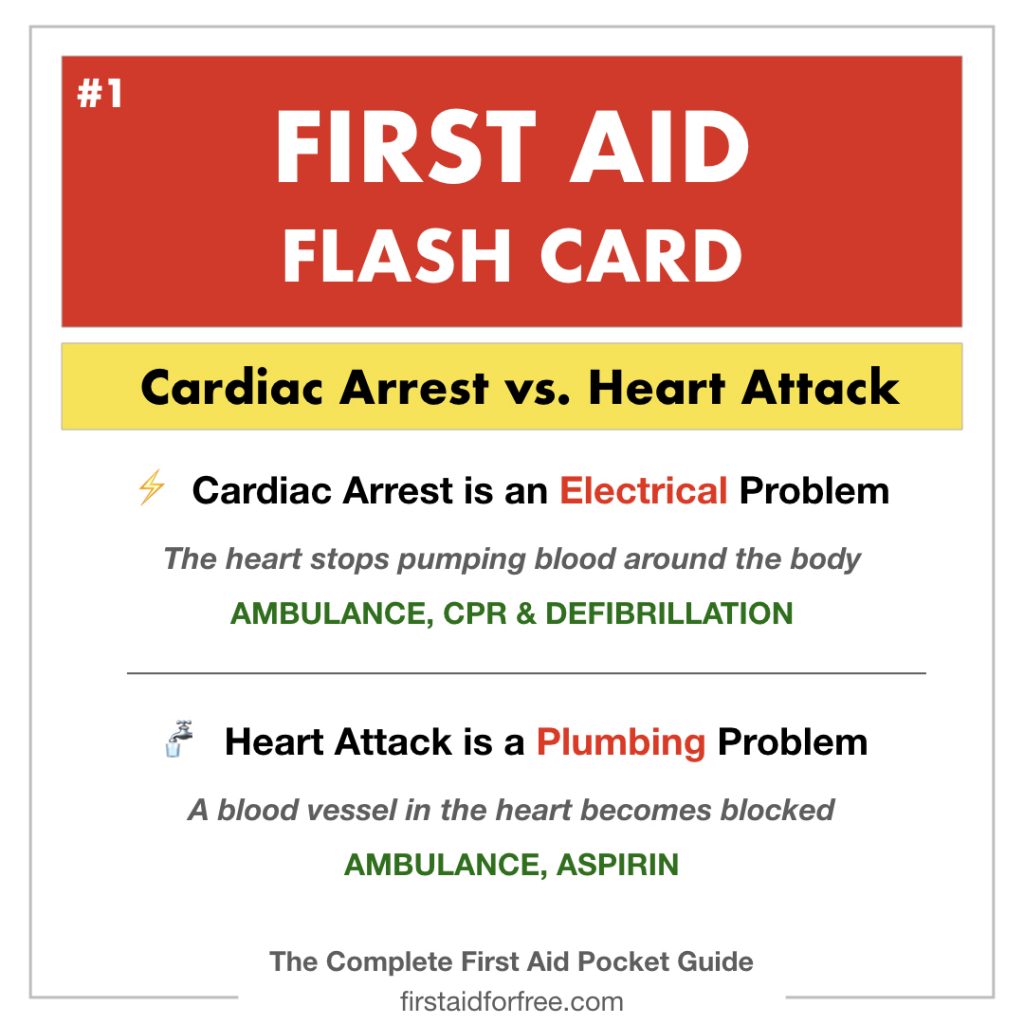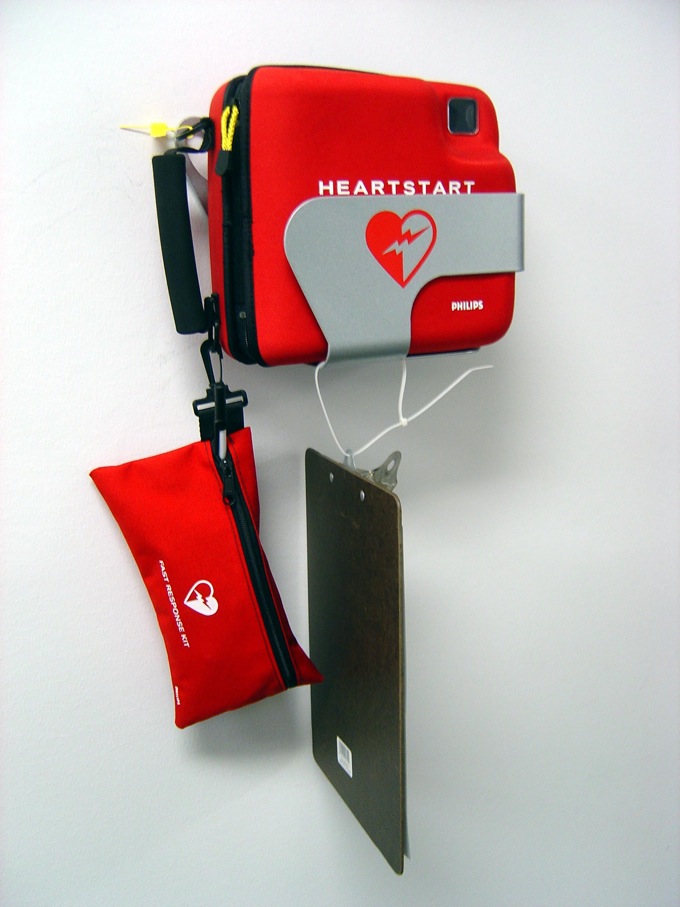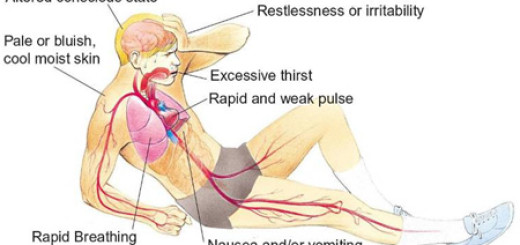What is a Defibrillator? (AED)
So what is a defibrillator? If you’re a fan of medical TV drama then you’ll have a vague idea – pads connected to a persons’ chest, lots of doctors running around shouting “Charging” and “Clear!” before patient jumps into the air as an electric shock flows through them. So what exactly is going on here?
When someone suffers a cardiac arrest, their heart stops beating effectively. There can be many causes of a cardiac arrest including having a heart attack or stroke, losing lots of blood or having a major allergic reaction (anaphylaxis).
It’s important to note that a cardiac arrest is different from a heart attack.

The heart goes into an abnormal rhythm, where all the electrical activity is disorganized and random. A defibrillator delivers an electrical shock to the heart to stop all this disorganized electrical activity, this gives the heart a chance to start in a normal rhythm again.
An AED is an Automated External Defibrillator – a defibrillator which can be used by anyone with no medical training as everything is fully automated.
When should I use an AED?
An AED should be used on any patient who is unresponsive and not breathing normally. You should perform Cardiopulmonary Resuscitation whilst waiting for the AED to arrive.
Where could I find an AED?
AEDs can be found in many public places including schools, colleges, train stations, shopping centers/malls, and airports.

How do I use an automated external defibrillator?
Simply open the lid of the machine and it will begin speaking to you. Ensure you carefully follow all the instructions the machine gives you.
AED’s are designed to be used by members of the public and lay rescuers with no formal training.
Could an AED shock someone accidentally?
An AED will analyze the rhythm of the heart and won’t deliver a shock if it is not appropriate to do so. Therefore if you connected an AED to a ‘live’ person then it would not deliver a shock.
The machine will give you certain instructions, such as when not to touch the patient. Provided you follow these instructions, AEDs are incredibly safe devices to use and are lifesaving.






If you have one in the work place make sure they’re in good condition and in working order, such as the pads and the battery is healthy/self-check reports ok.
That is so cool! I didn’t realize how automated those defibrillators are and how easy to use they are as well!
It looks good!
Before i read, defibrillator? (AED) was confusion for me but after reading i feel awesome.